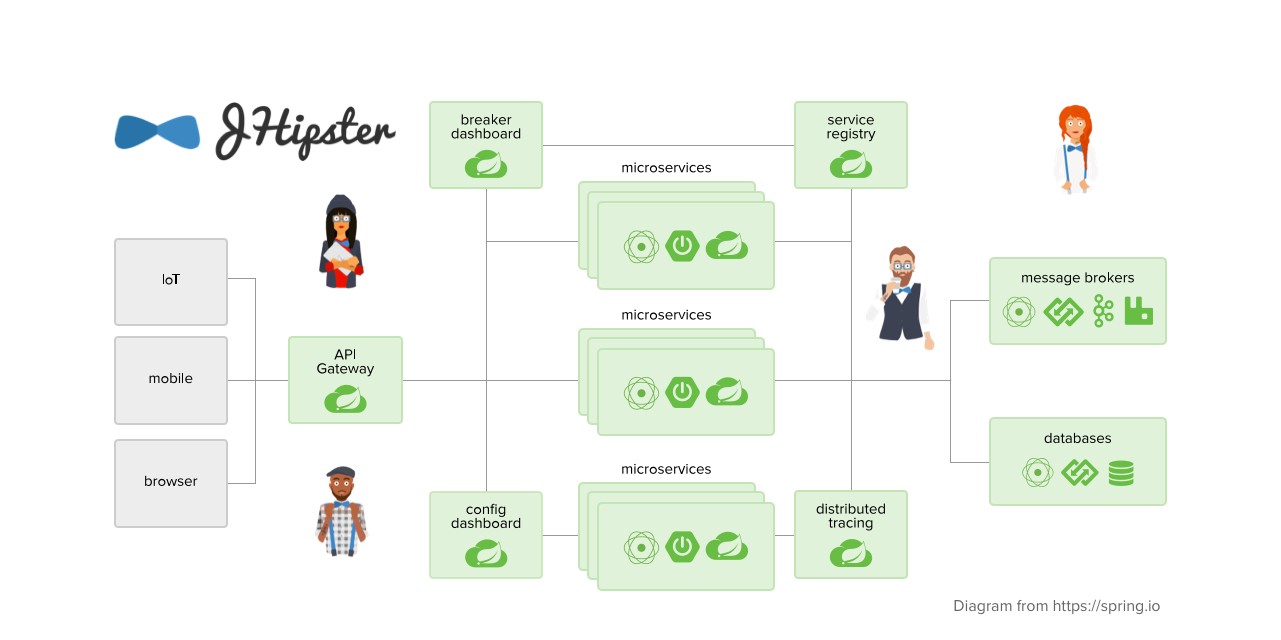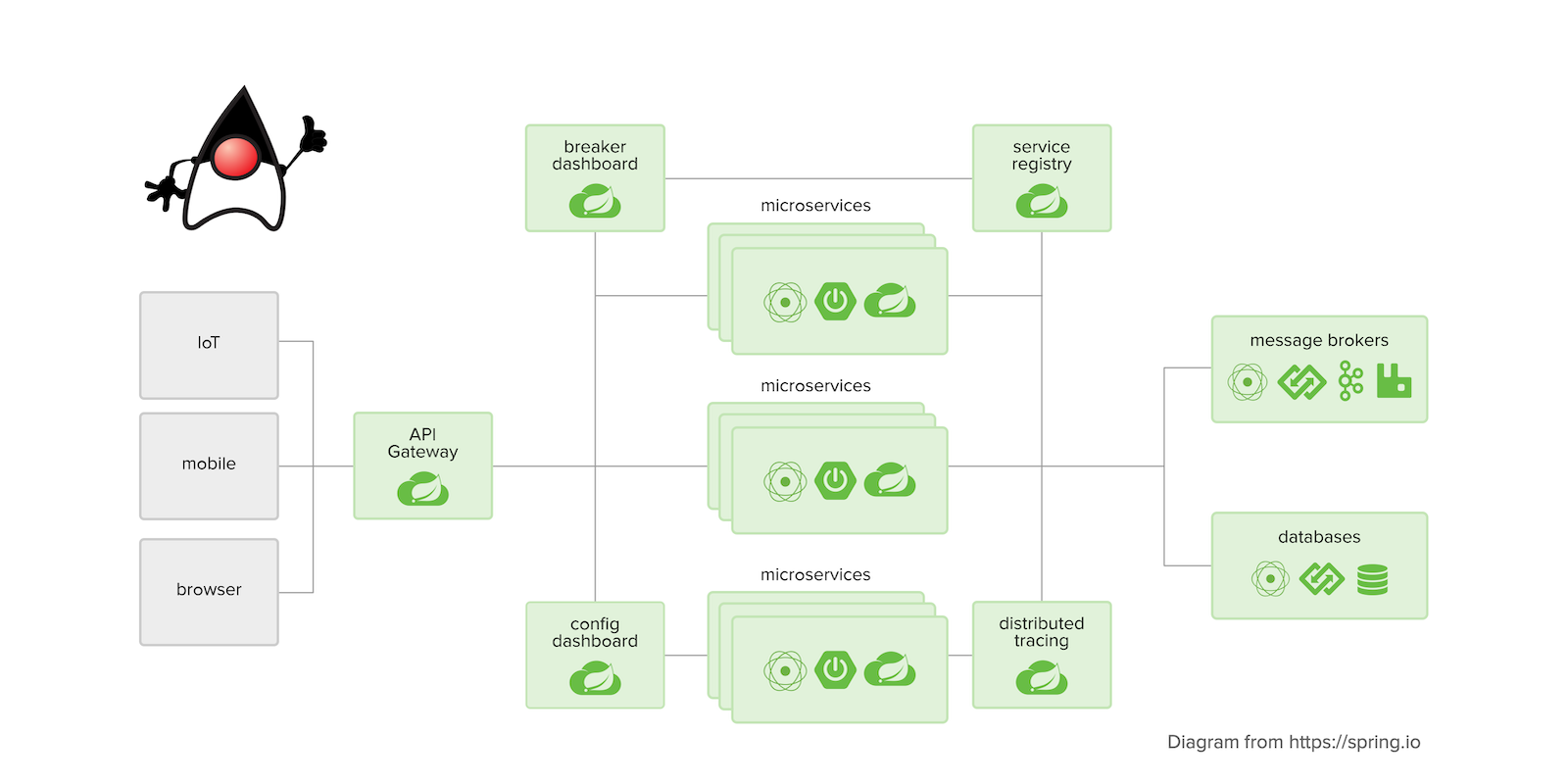Simple Authentication with Spring Security

Authentication is vital to all but the most basic web applications. Who is making the request, wanting data, or wanting to update or delete data? Can you be sure that the request is coming from the stated user or agent? Answering this question with certainty is hard in today’s computer security environment. Fortunately, there is absolutely no reason to reinvent the wheel. Spring Boot with Spring Security is a powerful combination for web application development....
Build Simple Authentication in Express in 15 Minutes

Building web pages with user authentication can be a huge pain. You typically need to set up some sort of database to manage users even if you’re not using the database for anything else. You would then need to store their password hashes, and you almost need a degree on internet security to know the safest ways to do that. What if I told you it didn’t have to be so complicated? Using Okta and...
Build Your First PWA with Vue and TypeScript

With the ever-increasing use of mobile devices over the last few years it has become more and more important for web developers to anticipate the need for users on these devices. The first step was the ability to cater for different screen sizes, thus creating the need for responsive user interface design. Over time the demands of the users increase and it is now becoming even more important to provide a high-quality user experience, independent...
Build a CRUD App with Node.js and GraphQL

There are so many options when it comes to building out a simple CRUD (Create, Read, Update, Delete) app. The most refreshing data access layer to work with recently by far has been GraphQL. It’s great because the developer can use a simple, strongly typed language to define models and their relationships, then provide functions to define how each piece should be resolved. The user can then pick and choose which pieces they want and...
Debugging JVM Performance Issues at Okta

Our customers here at Okta expect a highly-available service that is always there when they need it. We’ve worked hard to design a service architecture that allows us to deploy code and do maintenance without disrupting our customers in any way. How do we achieve that? If we examine one slice of our core service, we have a reverse proxy set up in front of a fleet of Java application servers. When we need to...
Java + Spring Tutorials

Spring Boot, and the Spring framework in general, are the core tools for the modern Java developer. They abstract away many nuances of development and architecture, allowing you to focus on building your business logic, aka, the parts of your app that will move the needle for your organization. Here at Okta we believe in that abstraction, and that a big part of modern development is using the right tools to make the job not...
Java Microservices with Spring Cloud Config and JHipster

Developing a microservice architecture with Java and Spring Boot is quite popular these days. It’s definitely one of the most popular combinations in the Java ecosystem. If you need any proof, just look at all of the similar frameworks that have cropped up in the last few years: MicroProfile, Micronaut, and Quarkus, just to name a few. Spring Boot provided a much-needed spark to the Spring ecosystem when it was first released in 2014. Instead...
Java Microservices with Spring Boot and Spring Cloud

Java is a great language to use when developing a microservice architecture. In fact, some of the biggest names in our industry use it. Have you ever heard of Netflix, Amazon, or Google? What about eBay, Twitter, and LinkedIn? Yes, major companies handling incredible traffic are doing it with Java. Implementing a microservices architecture in Java isn’t for everyone. For that matter, implementing microservices, in general, isn’t often needed. Most companies do it to scale...
Use Schematics with Vue and Add Authentication in 5 Minutes

Schematics is a tool from the Angular team that allows you to manipulate projects with code. You can create files, update existing files, and add dependencies to any project that has a package.json file. That’s right, Schematics aren’t only for Angular projects! In this post, I’ll show you how to use Schematics to modify a project created with Vue CLI. Why Vue? Because it’s fast and efficient. Its default bundle size is smaller than Angular...
AWS Lambda vs Azure Functions for C# Serverless

As a C# developer, I became interested in how using a serverless function could complement existing projects I had done in ASP.NET 4.x. Enhancing ecosystems by using it for new requirements - without starting over from scratch - really had appeal. AWS Lambda came along first, with Azure Functions emerging onto the scene a couple of years later. In this post, we will briefly examine my experience getting started on both after using the .NET...